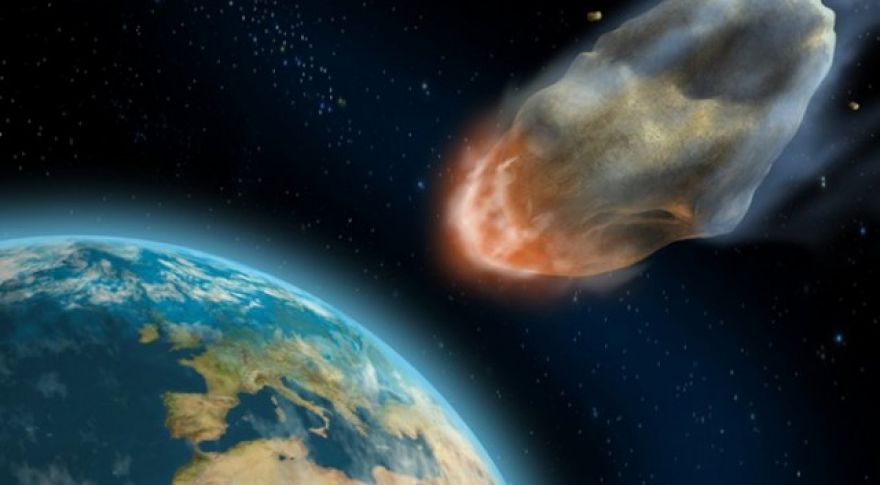
NASA and FEMA hold exercise to simulate unavoidable asteroid impact
The Earth has been hit by large objects many times over the ages, and it will take many more hits. Unlike all the previous species on the planet, humans may actually be able to do something about that. Technology gives us a shot at stopping the worst-case scenario, something that experts from and FEMA recently got together to simulate. The emergency planning exercise took place on October 25th. Unlike past simulations, the goal of this one was not to mount a deflection mission; it was simply to survive.
The exercise included representatives from NASA, FEMA, NASA’s Jet Propulsion Laboratory, the Department of Energy’s National Laboratories, the US Air Force, and the California Governor’s Office of Emergency Services.
The fictitious is initially spotted by astronomers and given a 2% chance to impact Earth on September 20, 2020. It’s not the largest object, but at between 300 and 800 feet (100-150 meters), it’s more than large enough to cause widespread devastation wherever it hits. In the scenario presented to the panel, the object is tracked for three months, during which time the estimated chance of impact rises to 65%. After that, the asteroid enters a blind spot caused by the sun, and we can’t track it for a further four months. When it reappears in May of 2017, astronomers confirm there is a 100% chance it will hit us. The area of impact is calculated to be off the coast of southern California.
Attendees considered how to keep the public aware of the escalating threat without causing a panic, and what preparations could be made as an impact become more and more likely. The team also needed to work out approaches to counter rumors that could emerge as the impact grew closer. When the impact was deemed unavoidable, authorities would be faced with a very difficult situation. With no way to deflect the asteroid, it’s sure to cause a massive tsunami that could wipe out a large swath of California’s west coast. Emergency managers had to simulate a large-scale evacuation of millions of people from the LA area.
In the end, participants learned a great deal about how to plan for this sort of large-scale disaster scenario. The ideal outcome is for NASA to deflect such an object. But the technology to make that happen is still untested, and funding to monitor objects in the sky is still far below what is needed to guarantee sufficient warning. Hopefully we won’t ever have to evacuate entire cities because of an asteroid impact, but you never know.